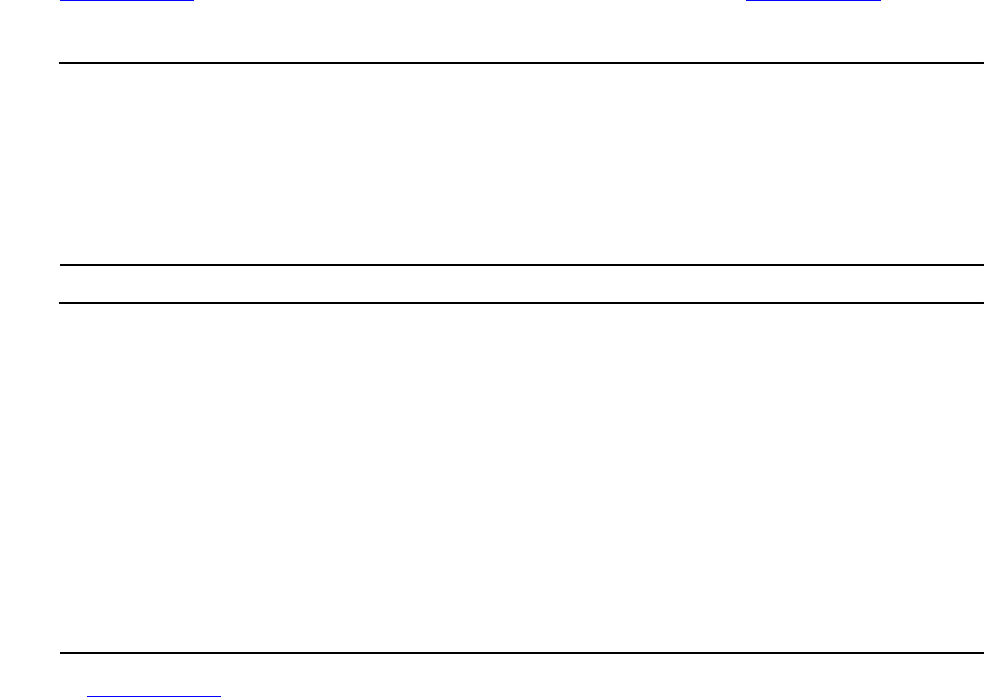Pathway/iTS Web Client Programming Manual (H06.03+, J06.03+)
Table Of Contents
- HP NonStop Pathway/iTS Web Client Programming Manual
- Legal Notices
- Contents
- What's New in This Manual
- About This Manual
- 1 Introduction to Pathway/iTS Web Clients
- 2 How to Compile, Build, and Maintain a Pathway/iTS Web Client
- 1. Prepare the SCREEN COBOL Object File
- 2. Create a Configuration File
- 3. Run the Converter
- 4. Modify Java or SCREEN COBOL Code as Needed
- 5. Run PROFDBM to Set Up the User Profile Database
- 6. Build the Converted Client
- 7. Deploy the Web Client
- 8. Customize the Screens
- 9. Specify the Port Number of the Router Process
- 10. Configure Pathway Servers for User Profiles and User Conversion Routines
- 11. Tune the Application for Performance by Changing the Session-Length Parameter
- 12. Maintain the Client
- 3 Logon Security and User Profiles
- 4 User-Written User Conversion Procedures for Web Clients
- 5 SCREEN COBOL-to-Web Conversion Mappings
- 6 Java Import Package Reference
- 7 Introduction to Pathway/iTS 1.1
- A Client Error Messages
- B SCREEN COBOL Features Not Supported for Web Conversion
- Index
- Content Feedback

SCREEN COBOL-to-Web Conversion Mappings
HP NonStop Pathway/iTS Web Client Programming Manual—520270-003
5-5
Mappings to Java Classes
Conversion of Paragraphs
Each program unit class has a method named eXecute. This method provides the
starting point for executing that class. Each paragraph in the SCREEN COBOL
program is converted to a method in the Java code. The names of these methods are
derived from the names of the corresponding paragraphs, with hyphens replaced by
underscores.
In addition to the methods created for each paragraph, the converter creates extra
methods in the program unit class to perform tasks such as handling level-88 data
items and handling parameter passing between calling and called program units. The
names for these methods are generated internally by the converter. The converter
generates one or more Java statements for each SCREEN COBOL statement.
The converter uses the HTMLHandler class from the Pathway/iTS Java import
package to manage the screen-related functions. Similarly, all SCREEN COBOL
functions related to the NonStop Kernel, such as the BEGIN-TRANSACTION and
SEND statements, are implemented by calling methods in the Gateway class in the
Java import package.
Example 5-3 shows a sample SCREEN COBOL paragraph, and Example 5-4
illustrates the corresponding Java code.
In Example 5-4, this conversion mappings occur:
•
The statement PERFORM PROCESS-PARA is converted to a call to the method
PROCESS_PARA().
Example 5-3. SCREEN COBOL Paragraph
MAIN-PARA.
PERFORM PROCESS-PARA.
PROCESS-PARA.
MOVE SPACES TO FIRST-NAME, LAST-NAME.
DISPLAY BASE NAME-SCREEN.
Example 5-4. Java Code Resulting From Conversion of SCREEN COBOL
Paragraph
public void eXecute () {
PROCESS_PARA ("PROCESS-PARA");
}
public void PROCESS_PARA (String ret_func) throws
ScobolTxnException {
FIRST_NAME.setSpaces();
LAST_NAME.setSpaces();
HTMLHandler.displayBase("TEST_SCRN0000.html", "SCRFORM",
"UFrame", "Action");
}










